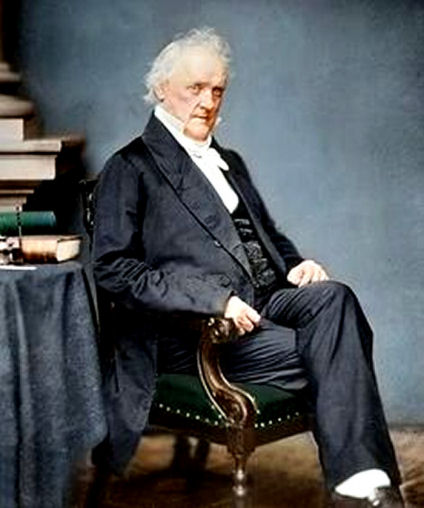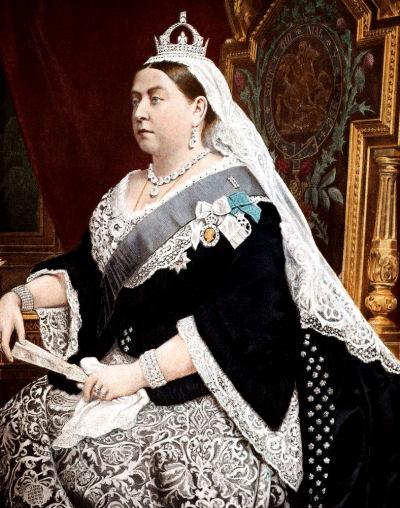
Victoria's Telegram


An American merchant by the name of Cyrus West Field believed that a telegraph cable could be laid across the Atlantic Ocean between Great Britain and the United States. He began to develop the idea in the year 1854. He obtained a charter to lay an insulated cable line on the sea floor. Then he engaged Edward O. W. Whitehouse, an experimenter in electricity to assist in engineering the project. With the aid of both American and British naval vessels attempted to lay the cable. Beginning in 1857, four unsuccessful attempts were made. Then success came. On 29 July 1858, four ships met in the middle of the Atlantic Ocean and cable was spread between them. The ships Niagara and Gorgon set off for Trinity Bay, Newfoundland and the ships Agamemnon and Valorous headed for Valentia, Ireland. Moving slowly away from each other, they dropped their 'cargo' into the sea. By 5 August the cable had been laid over 2,000 miles, ultimately to be connected to lines on land.
On 16 August 1858 a galvanometer at the Bedford Springs Resort began to spit out a ninety-eight word message from Queen Victoria. President James Buchanan visited the Bedford Springs Resort many times during and after his term in office. He was at the resort on that August when the first telegraph-carried message came across the galvanomter. It took nearly sixteen and one-half hours for the message to transmit. The telegram, delivered via Morse code, would have simply sounded like clicks to the President and other dignitaries assembled at the spa.
The message read: "The Queen desires to congratulate the President upon the successful completion of this great international work, in which the Queen has taken the deepest interest. The Queen is convinced that the President will join with her in fervently hoping that the electric cable, which now connects Great Britain with the United States, will prove an additional link between the two places whose friendship is founded upon their common interests and reciprocal esteem. The Queen has much pleasure in thus directly communicating with the President, and in renewing to him her best wishes for the prosperity of the United States."
President Buchanan responded with: "May the Atlantic Telegraph, under the blessing of Heaven, prove to be a bond of perpetual peace and friendship between the kindred nations, and an instrument designed by Divine Providence to diffuse religion, civilization, liberty and law throughout the world."
Despite the great accomplishment in international communication, the connection did not last very long. In attempting to decrease the time it took to transmit a message, Mr. Whitehouse increased the voltage on the cable. That might have hastened its destruction. By September (just over two weeks), the damage caused by the increased voltage, the effects of saltwater on the cable, the shifting currents of the Atlantic and the pressure of the water at two miles depth in some areas, combined to result in the failure of the cable.





